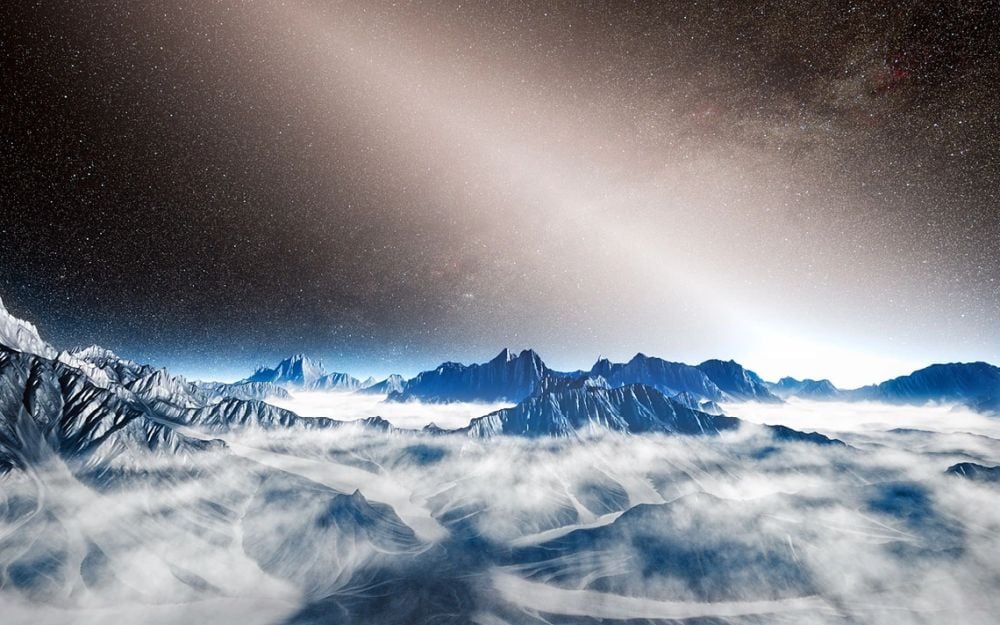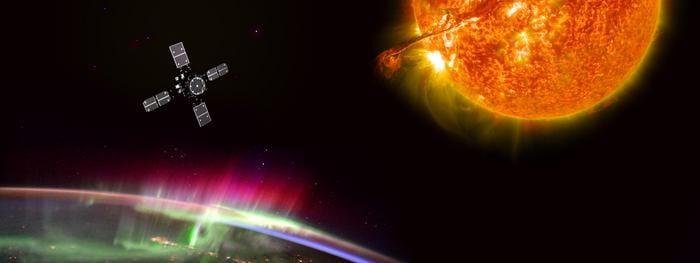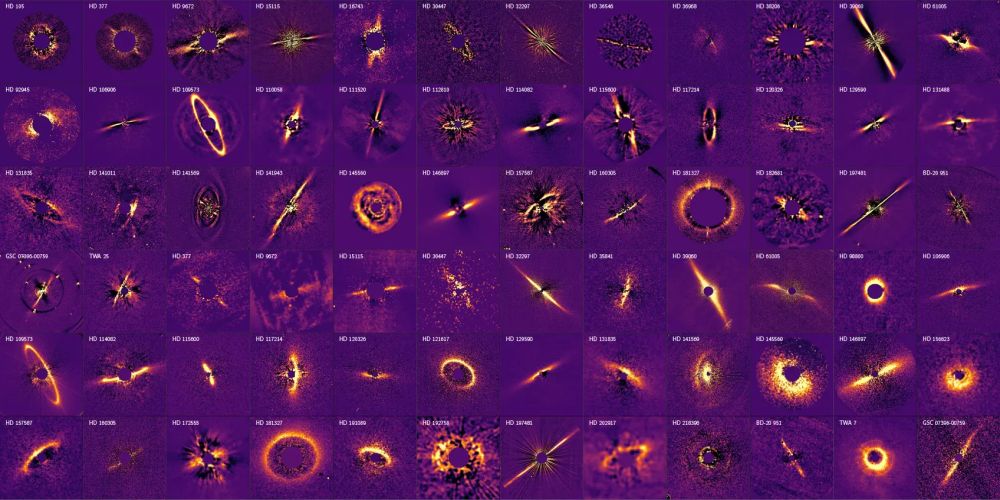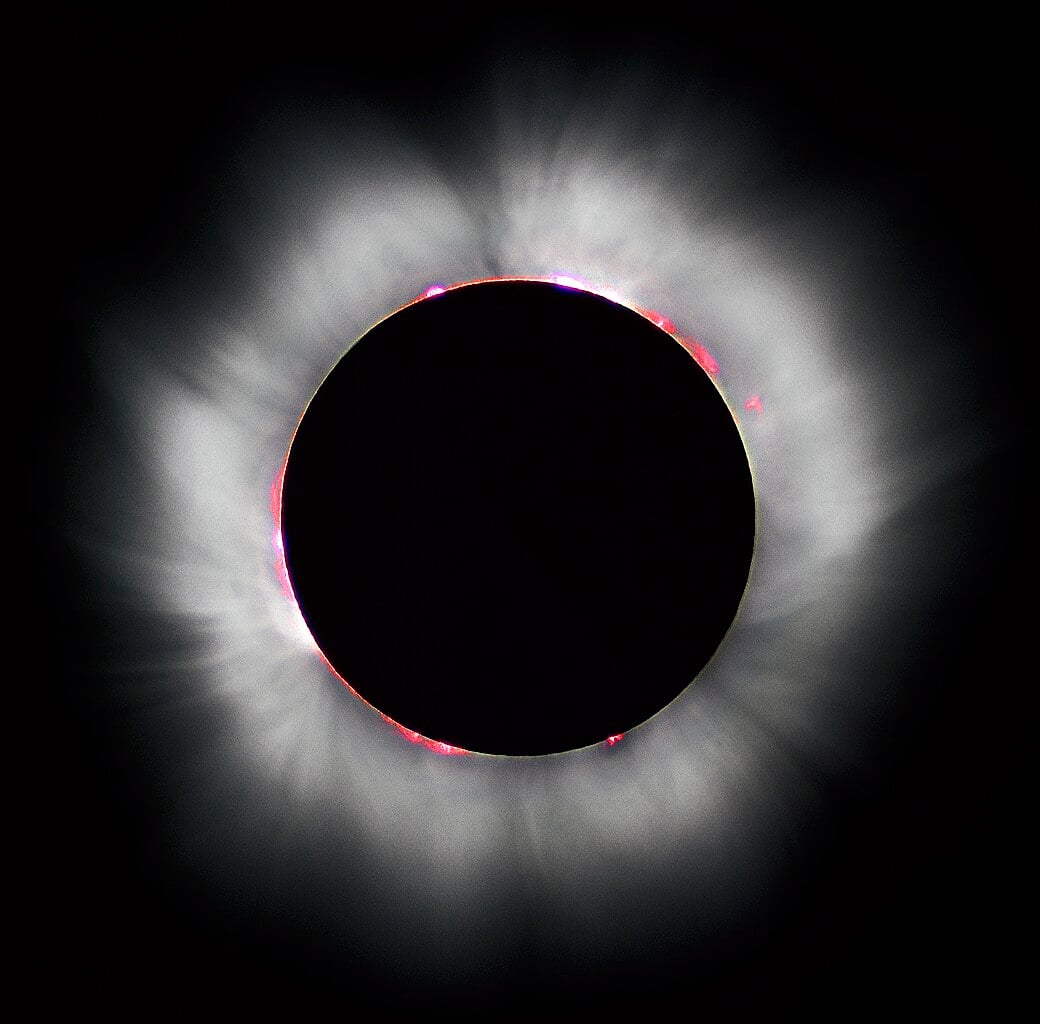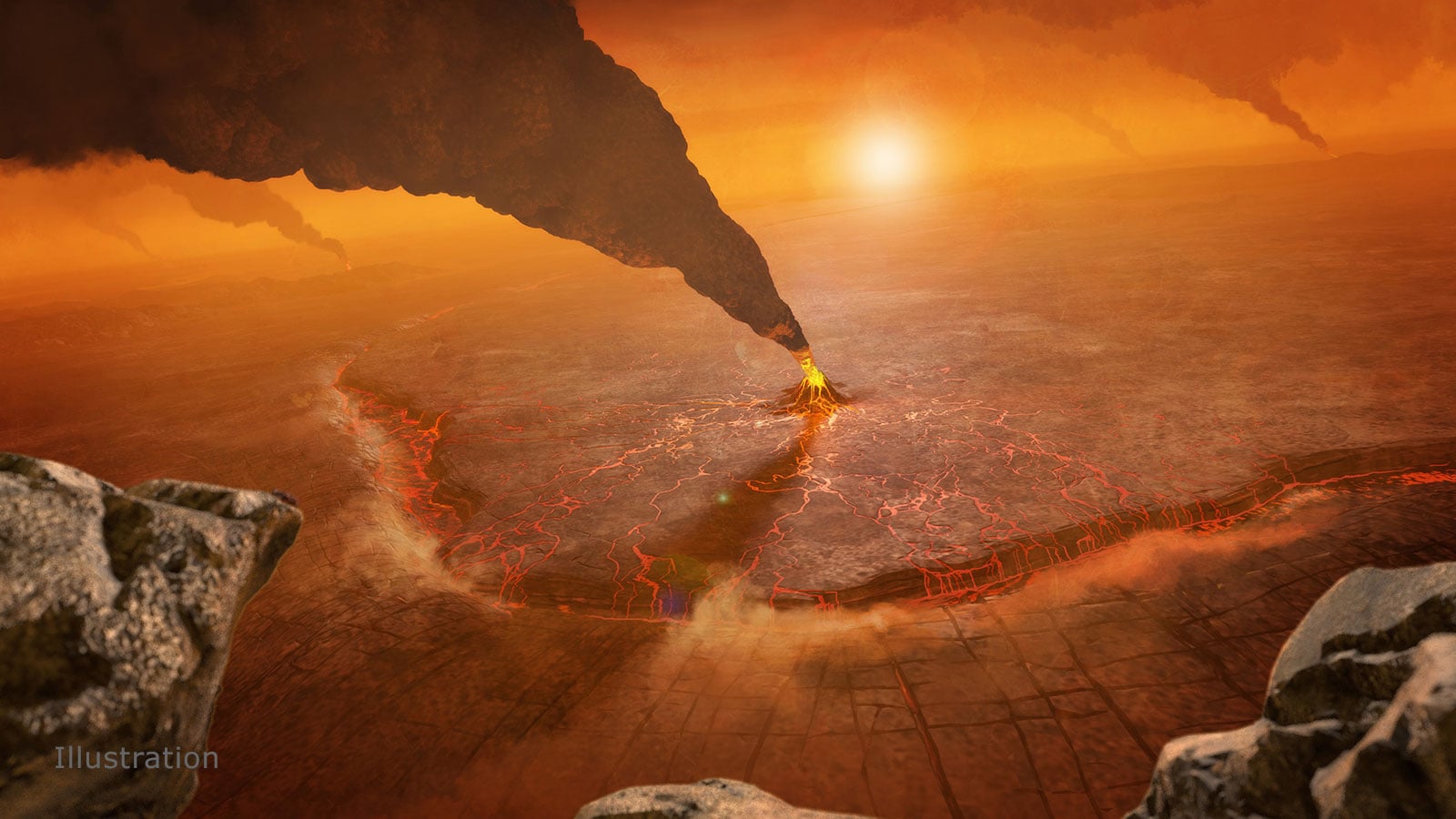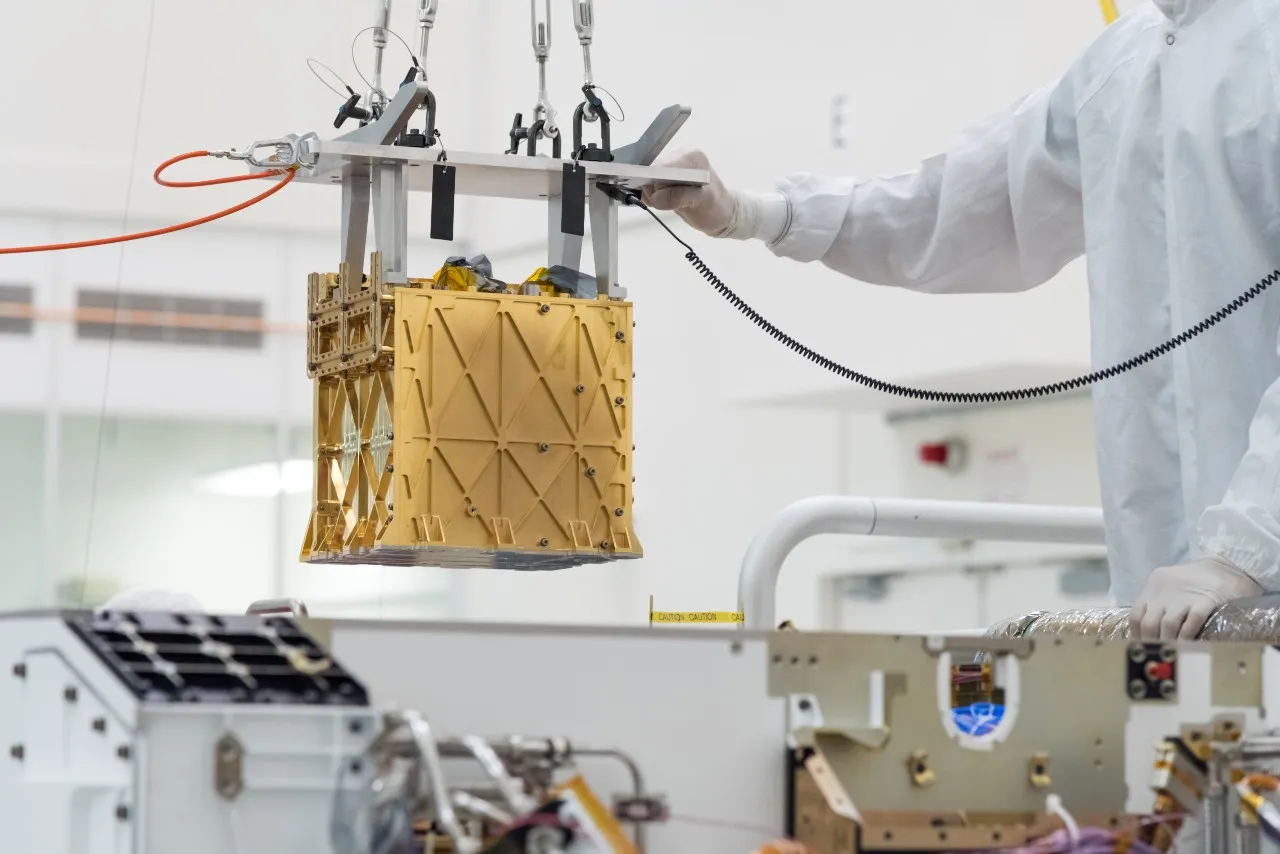
Using in-situ propellant has been a central pillar of the plan to explore much of the solar system. The logic is simple - the less mass (especially in the form of propellant) we have to take out of Earth’s gravity well, the less expensive, and therefore more plausible, the missions requiring that propellant will be. However, a new paper from Donald Rapp, the a former Division Chief Technologist at NASA’s JPL and a Co-Investigator of the successful MOXIE project on Mars, argues that, despite the allure of creating our own fuel on the Moon, it might not be worth it to develop the systems to do so. Mars, on the other hand, is a different story.
